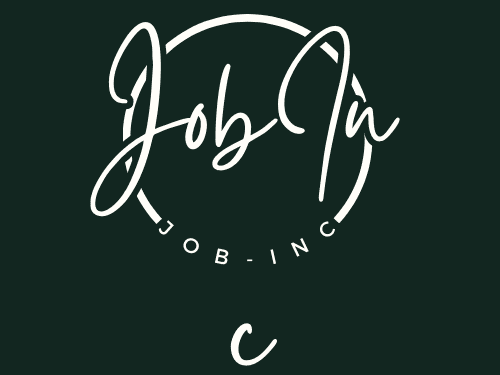Introduction
The primary objective of this position is to deter theft whenever feasible, mitigate losses resulting from improperly loaded vehicles, reduce shrinkage, and ensure the security of the premises.
Job Description
- Inspect all goods departing from the premises (shop/yard).
- Verify all sales and returns against supporting documentation.
- Ensure that credit customers sign proof of delivery notes (PODs).
- Confirm that cash customers have settled their payments for the goods.
- Immediately report any suspicious activities to management.
- Arrive punctually at the designated post and comply with company policies and procedures.
- Conduct vehicle inspections prior to entry into the company to ascertain the contents of the vehicle.
- Oversee the operation of boom barriers.
- Accurately complete the visitors’ log on a daily basis.
- Uphold and promote the values and culture of the company.
Job Requirements
- Completion of Grade 12.
- A minimum of one year of relevant experience in the hardware sector.
Loss Prevention: Safeguarding Assets and Minimizing Risks
Imagine walking into a store and seeing someone just slip an item into their bag and walk out. Sadly, it happens. Theft and other losses cost businesses billions every year. That’s where loss prevention comes in. It’s super important for keeping a business safe and profitable. Loss prevention is like being a superhero for stores and businesses! It’s not just about stopping shoplifters. It’s a whole bunch of things working together to keep stuff safe. This includes stopping theft, making sure trucks are loaded right, cutting down on waste, and keeping the whole place secure.
Understanding the Scope of Loss Prevention
Loss prevention in retail is all about stopping things from going missing. This isn’t just about catching people stealing. It also means dealing with things like damage, mistakes, and waste. It is important because when a store loses money from theft or damage, it hurts their profits. This is why it’s so important to have good plans in place to protect against these losses.
Think about a small shop. If someone steals a $50 item, the shop has to sell a lot more to make up for that loss. Loss prevention also uses things like security cameras and alarms. Data analytics can find patterns and help stop problems before they happen.
Proactive Theft Prevention Strategies
Stopping theft before it happens is key. Employees can be a store’s best defense. Training them to spot suspicious behavior and report it is super important.
Good customer service is also important. When staff are attentive and helpful, it makes it harder for people to steal. Putting expensive items in secure places or using security tags also helps. This makes stealing harder. Keeping an eye out and being friendly can really stop theft.
Minimizing Losses from Loading and Operational Errors
Making sure goods are loaded correctly onto trucks is really important. Mistakes here can cause big problems. Checking what’s being loaded against the paperwork is a good start. This makes sure everything matches up. Setting up loading areas to be as efficient as possible helps too.
Good records are key. Every step of the process needs to be written down. This way, if there’s a problem, it’s easier to find out what happened. When things are loaded correctly, there is less waste and fewer mistakes.
Shrinkage Reduction: A Holistic Approach
Shrinkage is when a business has less inventory than it should. This can happen for lots of reasons. It could be from theft, shoplifting, or even mistakes on paperwork. Sometimes, it’s because of fraud.
To reduce shrinkage, stores need to keep a close eye on their inventory. Regular checks and counts can help find problems early. It’s also important to keep the supply chain secure. Knowing where goods are at all times can stop things from going missing. It’s important to know what is going on.
Enhancing Premises Security: Creating a Safe Environment
Keeping the premises secure is a big part of loss prevention. This means controlling who can get in. Using key cards or codes can limit access to authorized people. Security cameras are also a big help. Putting them in the right places and monitoring them can deter crime.
Alarm systems are important too. They need to work well and be checked often. If there’s a break-in or other problem, having a plan in place is key. This helps people respond quickly and safely.
Link to Application
Leveraging Technology for Enhanced Loss Prevention
Technology can really help with loss prevention. Security cameras are getting smarter. They can now use facial recognition to spot known shoplifters. They can also analyze behavior to see if someone is acting suspiciously.
RFID and EAS systems are also useful. These tags can be put on items to track them. If someone tries to steal something with a tag, an alarm will go off. Data analytics can also find patterns. Looking at the data, you can tell when and where losses are happening. This can help businesses make smart decisions.
Conclusion
Stopping loss is key to a successful business. It takes a whole bunch of steps. This includes stopping theft, loading trucks right, cutting down on waste, and keeping things secure. When businesses take loss prevention seriously, they protect their profits. If you own a business, think about these ideas. Start using them to keep your assets safe!

